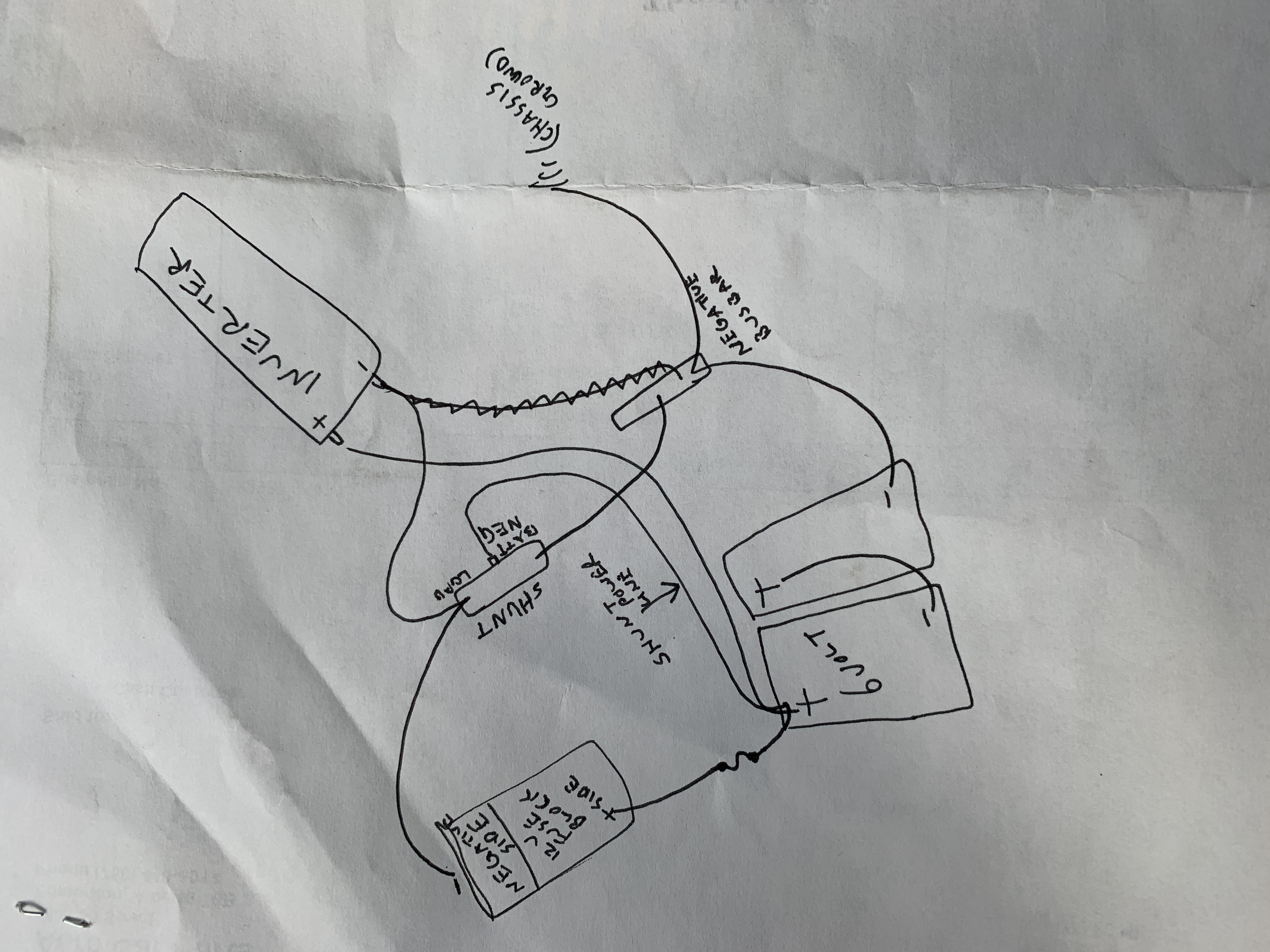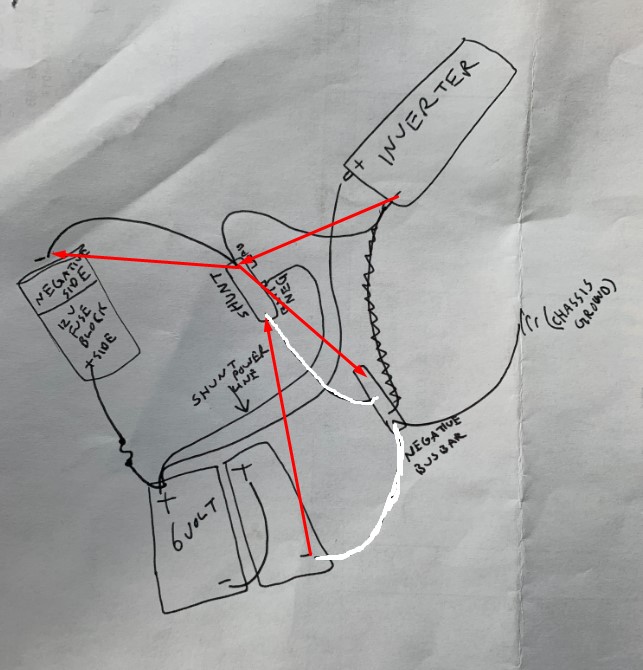Hi everyone, I bought the Victron battery monitor. Reason I am here is because I have 2 6volt deep cycle batteries hooked up in series so 12volts. Then I have an inverter that is hooked up directly to my batteries. For setting up my monitor, do I have to have the negative terminal of the battery bank hooked to the shunt then carries on to ground, the red fuse is the power and that is connected to the positive on the battery bank. Do I have to have that connected to my inverter to or just hooked up to my battery. I have everything working but it says battery capacity 100%. The battery is almost at the 12.8 level where it will sync. So when it syncs will I then be able to see the draw on the device? Or should I see it now what is being used without it being synced to a full battery.
Thanks



